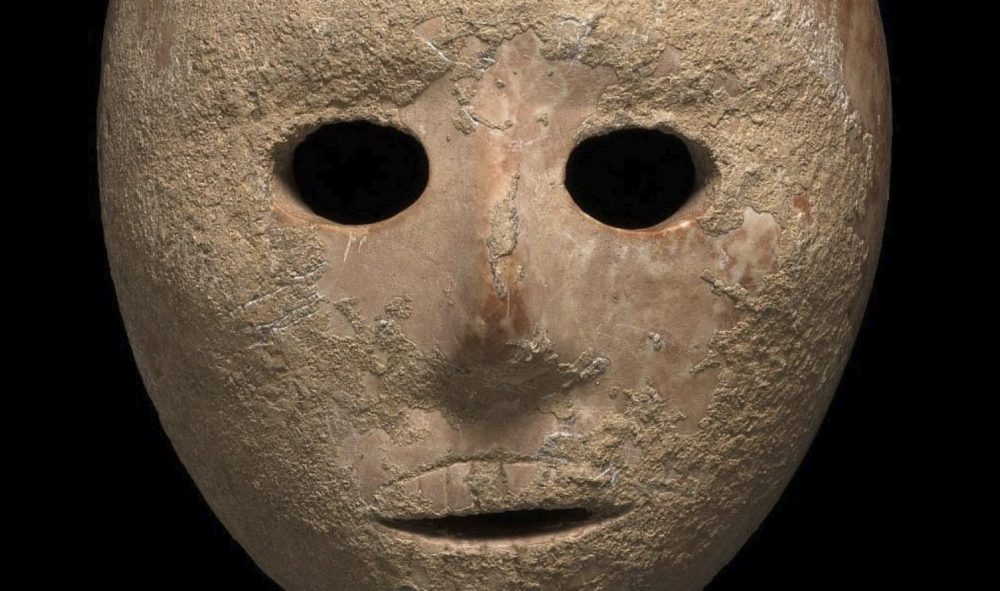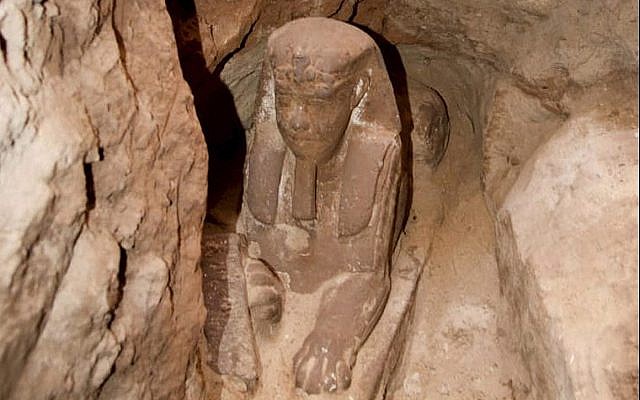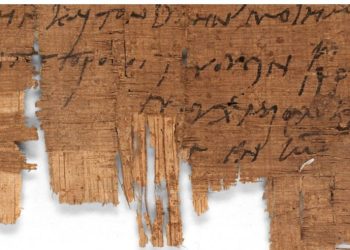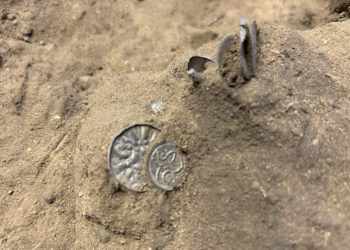Archaeologists have made an extraordinary discovery that could reshape our understanding of one of the oldest civilizations in the Americas. A newly uncovered pyramid at the Chupacigarro archaeological site in Peru’s Supe Valley suggests the Caral civilization—often regarded as South America’s first complex society—may have been even more advanced than previously believed.
A Hidden Structure Revealed
Buried beneath layers of dense vegetation, the ancient pyramid was uncovered by a team from the Caral Archaeological Zone, led by renowned archaeologist Dr. Ruth Shady. The site, located just one kilometer from the Sacred City of Caral-Supe, a UNESCO World Heritage Site, had long remained concealed by nature. However, as excavation efforts progressed, researchers revealed a quadrangular structure with a prominent central staircase, multiple superimposed platforms, and vertical stone markers known as “huancas.”
These towering stones likely had both structural and ceremonial significance, marking the pyramid as an important site within the Caral civilization. This discovery is part of a broader network of ancient constructions spread throughout the Supe Valley, hinting at a sophisticated urban and religious landscape dating back over 5,000 years.
A Forgotten Urban Center
Archaeologists have identified twelve distinct structures within Chupacigarro, classified as either ceremonial or public buildings. These are strategically positioned across elevated terrain, surrounding a sunken circular plaza—a signature architectural feature of the Caral civilization. Evidence suggests the site once functioned as a small urban center spanning nearly 39 hectares, complete with residential areas, administrative buildings, and communal spaces.
Unlike later Andean civilizations, Caral lacked a written language. However, their advanced city planning, irrigation systems, and long-distance trade networks demonstrate remarkable ingenuity. Findings from Chupacigarro reinforce the idea that Caral was not an isolated settlement but part of a larger, interconnected society with influence extending to coastal and inland regions.
The Mystery of the Geoglyph
One of the most striking revelations at Chupacigarro is a massive geoglyph depicting a stylized human profile, reminiscent of the Sechín culture’s artistic style. Visible only from a specific vantage point, this ancient design suggests a deep connection between Caral and neighboring civilizations.
The placement and symbolism of the geoglyph indicate that Chupacigarro may have been a major ceremonial hub, bridging the cultures of the Supe Valley with coastal settlements. It also highlights the Caral civilization’s sophisticated understanding of art, astronomy, and spatial planning.
What This Discovery Means for History
The unearthing of this pyramid not only expands our knowledge of Caral’s architectural prowess but also raises new questions about the extent of their civilization. Could there be even more undiscovered sites waiting to be found in the Supe Valley? And how might these findings reshape our timeline of early Andean societies?
As excavation continues, archaeologists are now mapping the entire Chupacigarro site to better understand its full scale and significance. Each new discovery brings us closer to unraveling the mysteries of one of the world’s most enigmatic ancient civilizations.
Join the Conversation!
Have something to share or discuss? Connect with us on Facebook and join like-minded explorers in our Telegram group. For the latest discoveries and insights, make sure to follow us on Google News.



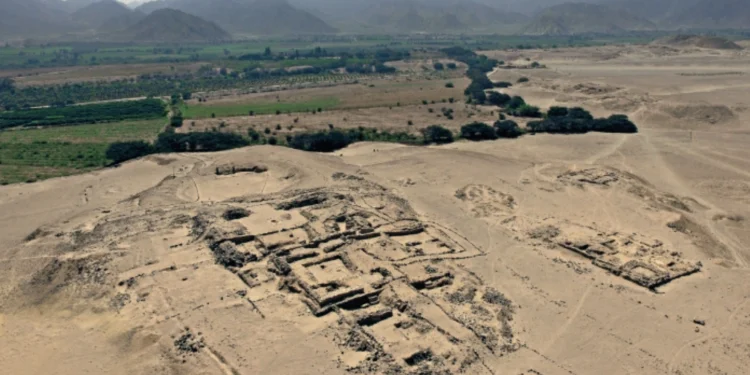
![A piece of decorated ivory retrieved from the ruins. [PHOTO/XINHUA]](https://curiosmos.com/wp-content/uploads/2024/12/A-piece-of-decorated-ivory-retrieved-from-the-ruins.-PHOTO-XINHUA-120x86.jpeg)

